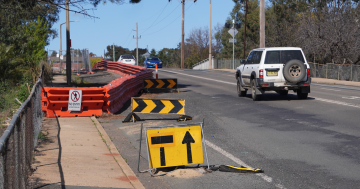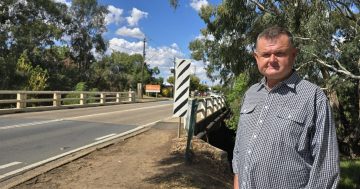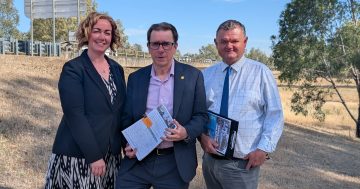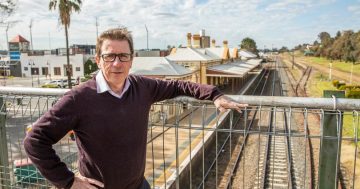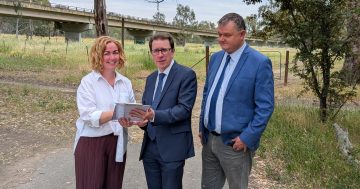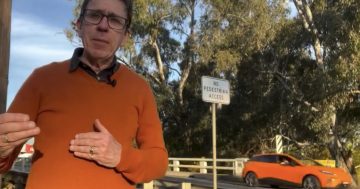
Afternoon traffic on Wagga Wagga’s busy Edward Street. Photo: Chris Roe.
A fortnight ago NSW Minister for Regional Transport and Roads Sam Farraway made a surprise appearance in Wagga Wagga to launch the landmark 20-year transport plan for the city.
At the time, most of the attention focused on the vague promise to “investigate” the duplication of the Gobbagombalin Bridge and the much-needed heavy vehicle bypass.
But what else was in the report?
After taking time to look through the finished document, Wagga MP Dr Joe McGirr described it as a “pretty good step forward” and was pleased to see that the Government had listened to feedback from the community.
“I think they’ve incorporated a lot of the key issues,” he said.
“The initial report really didn’t address the issue of needing to sort out Gobba Bridge and the Southern Bypass issues, and I think was a bit light on the issues of freight going through the city.”
The plan is the first of its kind for a regional city in NSW and explores how Transport for NSW and Wagga City Council will respond to the evolving needs of the community.
“It provides a blueprint for transforming the way people and goods will travel within, to and through Wagga Wagga over the next 20 years,” the report states.
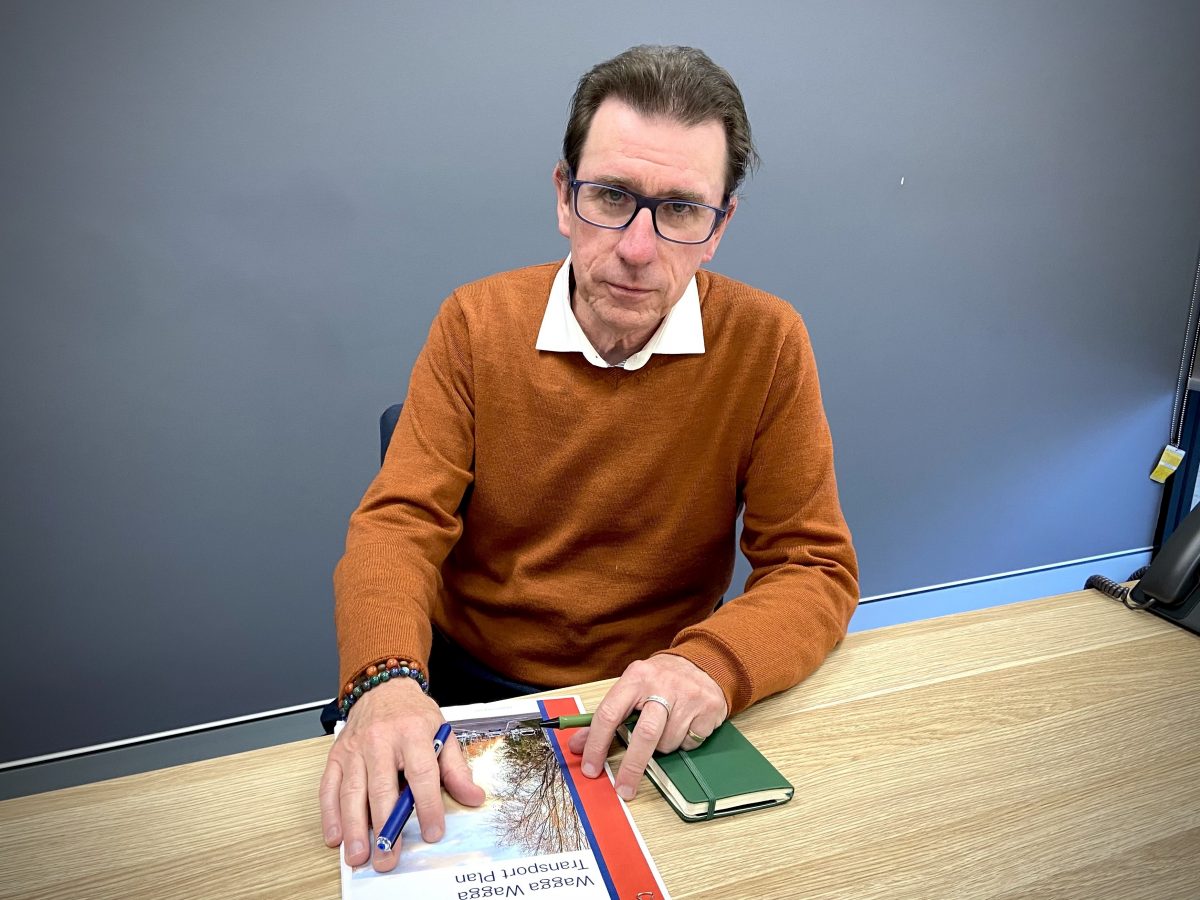
Dr Joe McGirr described the report as a “pretty good step forward”. Photo: Chris Roe.
Travel by car accounts for 77 per cent of all commuter trips in the city and the transport plan explores “attractive alternatives to private vehicle transport” to manage congestion as the city grows and the population changes.
“I think that the original plan had some great thoughts around the concept of the 15-minute city in terms of climate change, emissions and so on,” Dr McGirr said.
“That was quite a neat concept, and they’ve built on that and picked up on the cycling plan.”
The document highlights the fact that 72 per cent of trips to work are less than 5km, creating an opportunity to “shift more trips, more often to walking and cycling.”
As Dr McGirr pointed out, this incorporates recent investments in footpaths and cycleways and will play a role in the Government’s goal of net zero emissions by 2050.
In terms of public transport, 6 per cent of households in the region do not own a private vehicle and this is expected to increase with an aging population.
The report advocates a “vision and validate” approach that aims to change commuting behaviours by providing “improved travel choices”.
Dr McGirr said there had already been substantial investment in public transport that was yet to be fully utilised.
“The government, to its credit, has expanded bus services here, but the challenge is getting people to use them and COVID has had a big impact on that.”
The anticipated industrial growth is also a major consideration of the plan that includes initiatives like the Special Activation Precinct (SAP) and the Riverina Intermodal Freight and Logistics Hub at Bomen.
“With the aid of Inland Rail and associated improvements to intermodal facilities located within the (SAP), commodities will flow seamlessly to and from Wagga Wagga,” the report says.
However, Dr McGirr expressed ongoing concern about the freight corridor that runs through the Sturt Highway/Edward Street.
He said studies cited by transport NSW focussed on through traffic that overlooks the increased congestion when combined with local traffic.
“Previously, the position has been pretty simple: ‘you don’t need it – we’ve done the studies, you don’t need it’,” he said.
“But the feedback we get is – ‘what are they talking about?’ And I think the conundrum is that they measure through traffic.
“As we all know, Edward Street’s getting increasingly congested, and it’s a combination of local and through traffic.”
Dr McGirr acknowledged that there was some cynicism around the report’s promise to “investigate” the need for the Gobba Bridge duplication and a bypass, but he believed the inclusion of both was significant.
“It is a plan to start planning, I accept that, but those are big projects and we haven’t had that commitment from the Government before,” he explained.
“This generates accountability about that, so I think that is a step forward.”
Other local stakeholders, the Wagga City Council and the Committee 4 Wagga were approached but are still considering their response to the report.
The Wagga Wagga Transport Plan can be downloaded here.









